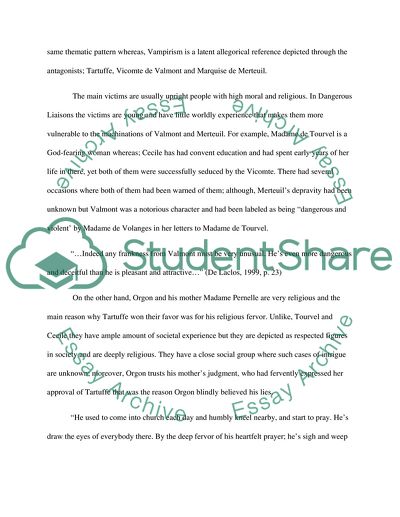Cite this document
(“Vampirism in 17th and 18th Century in French Literature Book Report/Review”, n.d.)
Vampirism in 17th and 18th Century in French Literature Book Report/Review. Retrieved from https://studentshare.org/literature/1590000-vampirism-in-17th-and-18th-century-in-french-literature
Vampirism in 17th and 18th Century in French Literature Book Report/Review. Retrieved from https://studentshare.org/literature/1590000-vampirism-in-17th-and-18th-century-in-french-literature
(Vampirism in 17th and 18th Century in French Literature Book Report/Review)
Vampirism in 17th and 18th Century in French Literature Book Report/Review. https://studentshare.org/literature/1590000-vampirism-in-17th-and-18th-century-in-french-literature.
Vampirism in 17th and 18th Century in French Literature Book Report/Review. https://studentshare.org/literature/1590000-vampirism-in-17th-and-18th-century-in-french-literature.
“Vampirism in 17th and 18th Century in French Literature Book Report/Review”, n.d. https://studentshare.org/literature/1590000-vampirism-in-17th-and-18th-century-in-french-literature.


